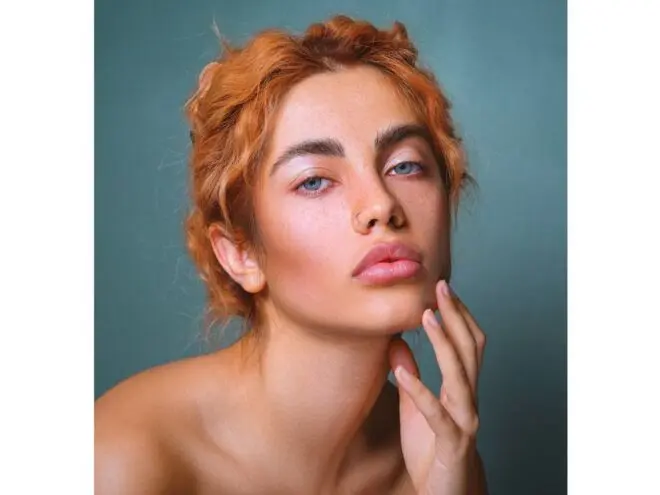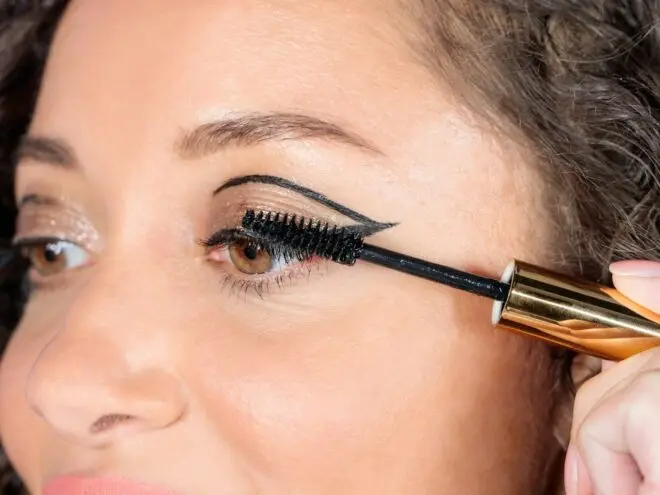Makeup • 03/21/2024
How to Make Essential Oil Perfumes in Time for Spring

Revivalist is a reader-supported endeavor and our posts may contain affiliate links. When you buy through links on our site, we may earn an affiliate commission.
Learning how to make essential oil perfumes can be quite the process. There are many factors you must consider when creating your blend, from dilution percentage to the mix of different scents. However, it’s hard to beat the accomplished feeling of creating a customized springtime scent you can wear and enjoy throughout the season.
The Benefits of Essential Oil Perfumes
An essential oil perfume is a unique blend meant to provide a wonderful fragrance while giving you the benefits of these essences. These perfumes have an edge over regular scents due to how natural they are. Essential oils are extracted, liquefied versions of their original plants. They are not synthetic at all.
Essential oils retain the excellent qualities of the plant that they come from. For instance, peppermint oil is helpful for soothing headaches and improving brain function. It’s close to the effect that mint offers to anyone experiencing pain, specifically in paste or tea form.
In addition to the health benefits specific to different essential oils, they generally contain anti-aging and antimicrobial properties, making them attractive in the cosmetic industry. Utilizing them in your perfume mixture can make the formulation better for your skin.
Customizing Your Essential Oil Blends
Perhaps the biggest appeal of making essential oil perfume comes from the ability to select your own scent. If you’re hoping to create something resembling spring, it’s crucial to make it light and sweet. Floral scents are also a staple, as flowers bloom most vibrantly this season.
Mixing and matching essential oils will take a bit of research, as how they interact can influence the final scent. Typically, you should pick three essential oils, with two oils meant to support the base or most prominent smell of your perfume.
Popular essential oils that are ideal for springtime are:
- Lavender: Lavender essential oils are fresh and floral, which encompasses spring in its entirety. This smell also has a calming effect on the mind.
- Jasmine: Jasmine is another flowery fragrance you may recognize in many store-bought perfumes. This is a lovely mood-boosting scent.
- Cherry: While it can be a little deeper than its other counterparts, cherry is a wonderful essential oil for your base notes.
- Lemon: If you’re a fan of a cleaner scent, lemon is the perfect essential oil for your blend. Lemongrass is also a good alternative for a more earthy and herb-like smell.
- Ylang-ylang: Ylang-ylang is a beautiful essential oil that captures the feeling of sleeping on the grass on a cloudy day, mixing florals with sweetness.
- Chamomile: Chamomile essential oil is versatile as it can help ease inflammation and aches. It also smells like a mix of apples and leaves.
- Sandalwood: Since spring can be a rainy season, mix a bit of sandalwood to your perfume to add that subtle touch of wet lumber smell.

Making Essential Oil Perfumes
Once you’ve finally chosen your spring oils, it’s time to finally get into making the essential oil perfumes. Creating the solution is relatively straightforward and may only take a day if you have the right components.
1. Get the Right Materials and Ingredients
Essential oil perfumes are comprised of more than just an essential oil and bottle. Here are the specifics that you need to keep in mind when making your signature spring scent:
- Glass bottles: Glass bottles are the ideal container when your essential oil perfume is done, as they are airtight and eco-friendly. Depending on your preferred application for this liquid, you can choose a spray or roll-on top.
- Glass cylinder: When mixing your oils for the perfume, using a glass cylinder is also ideal. Plastic or silicone alternatives can affect the effectiveness of your oils as they combine, so it’s best to stick with glass materials.
- Droppers: For this guide, drops will be the primary measurement unit for your perfume to increase precision. It is possible to convert these units into teaspoons and tablespoons.
- Carrier oil: A carrier oil is a key ingredient for diluting your essential oils and ensuring they’re not too overpowering for your skin. Exposing sensitive skin directly to essential oils can irritate it, so treat this as a buffer.
- Essential oils: Much has been said about this ingredient, but one last thing to remember is that essential oils differ from fragrance oils. The former are naturally distilled or extracted while the latter are manufactured to mimic certain scents.
- Stirrer: A glass stirrer is ideal for mixing your perfume together.
- Funnel: A glass funnel transfers the solution to the bottle without a mess.
2. Measure Your Carrier Oil
For each milliliter of perfume that you want to create, add 20 drops of your carrier oil to the glass cylinder. If your glass bottle can accommodate 40ml of product, shoot for 30ml of carrier oil by adding 600 drops. Adjust your measurements depending on how much fragrance you want to create with your chosen scents.
3. Add Your Main Essential Oil
For 2% dilution, add six drops of your main essential oil for every 600 drops of your carrier oil. Increasing your total drops for this specific oil compared to the other scents you’re incorporating designates this as the base note of your perfume, the smell that lasts the longest with your fragrance.
4. Add Your Extra Essential Oils
Add an extra three drops of two other essential oils each for the top notes, making the scents that are most apparent upon first application. For instance, if you added six drops of lavender to your carrier oil in the last step, add three drops of sandalwood and three drops of jasmine. This should bring your total essential oil drops to 12 per 600 drops of carrier oil.
5. Stir Your Oil Mixture and Transfer
Gently stir the oils together in your container to blend everything together. Once they’re well mixed, you can then transfer the fragrance to your glass bottle with a funnel. Secure the lid, then give the container a proper shake to ensure they’re well combined. It’s recommended to do this every time before application.
6. Store Your Perfume Properly
The storage condition of essential oils influences their overall effectiveness and quality. If your glass bottles are on the clearer side, remember to put them in a cool, dry corner of your home. Take care to avoid directly exposing your essential oil perfume to the sun, as it can make the oils react relatively differently.
Smelling Fresh and Clean in Spring
Once you have this simple essential oil perfume recipe down, you can create different variations for springtime and smell fresh throughout the next few months. There’s no blaming you if you bring these beautiful fragrances along for summer, autumn and winter too.
Subscribe to Our Weekly Newsletter
We would love to connect deeper with you!


